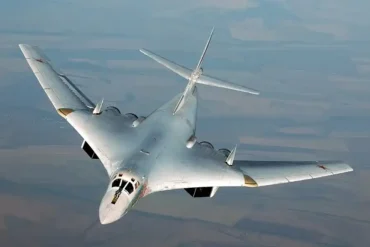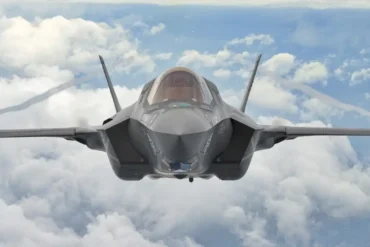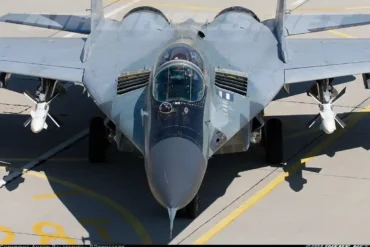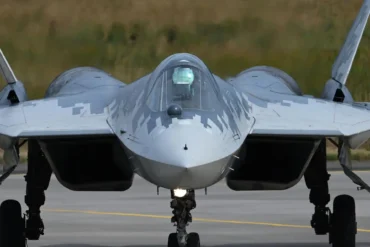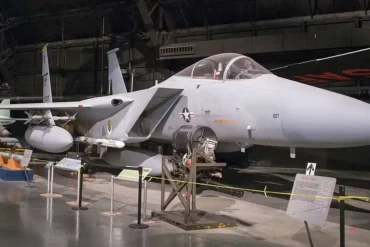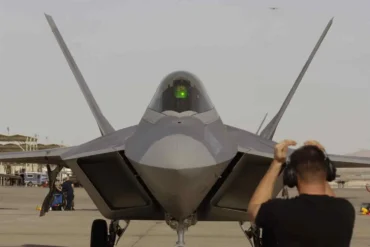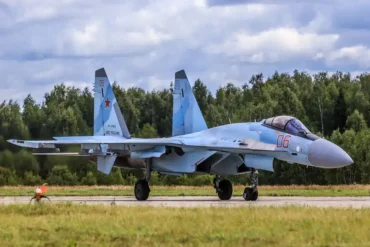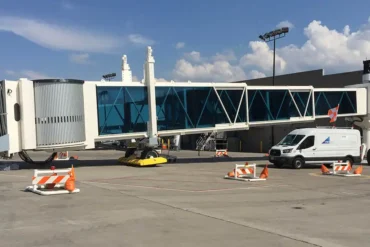The F-16 Fighting Falcon, one of the most renowned multi-role fighter jets in the world, is celebrated not only for its agility, versatility, and formidable combat capabilities but also for its meticulous engineering. One of the most intricate and fascinating aspects of the F-16’s design is its air intake system. This seemingly simple feature plays a pivotal role in the performance and stealth capabilities of the aircraft. Through innovative technology and precision engineering, the F-16’s air intake ensures optimal engine performance, contributes to the jet’s low radar cross-section, and balances the demands of various engine types.
In this article, we will explore the complexities and nuances of the F-16 air intake, from its design and purpose to its critical role in supersonic combat and stealth technology.
The Role of the F-16 Air Intake in Engine Performance
At first glance, the F-16 air intake may appear to be a basic opening through which air flows into the engine. However, its role is far more complex than simply allowing airflow into the engine. The intake system is integral to the performance of the engine, and its design must ensure that the engine receives a consistent and uninterrupted stream of air, even during high-speed maneuvers.
The air intake not only allows the engine to “breathe” but also moderates the airflow based on the operational conditions of the aircraft. At cruising speeds, the airflow is relatively gentle, but during high-speed combat or supersonic flight, the air intake must manage a much higher volume of air. This adaptability is crucial for the F-16’s operational flexibility in a wide range of scenarios, from dogfights to bombing runs.
Diverterless Supersonic Inlet (DSI) Technology
One of the most significant innovations in the F-16 air intake design is the diverterless supersonic inlet (DSI). This advanced system is responsible for managing the transition between subsonic and supersonic flight regimes. The DSI incorporates several key design features that help improve airflow efficiency, reduce drag, and enhance stealth capabilities.
Boundary Layer Management
A major challenge in designing an efficient air intake for a supersonic aircraft is managing the boundary layer air, which is the slower-moving air near the surface of the aircraft. If this slow-moving air is ingested directly into the engine, it can significantly reduce engine performance, leading to instability or potential engine stalls.
The DSI technology in the F-16 effectively addresses this challenge by utilizing a bump and forward-swept cowl to divert the boundary layer air away from the engine. This design eliminates the need for a splitter plate, a component commonly found in other fighter jets, which is used to separate boundary layer air from the main airflow into the engine. By removing the splitter plate, the F-16’s air intake reduces drag, simplifies the design, and minimizes the aircraft’s radar cross-section.
Supersonic Flow Management
The DSI also ensures that the airflow entering the engine remains smooth and undisturbed, even at supersonic speeds. The transition from subsonic to supersonic airflow creates significant challenges for any fighter aircraft, as turbulent airflow can reduce engine efficiency and performance. The DSI solves this problem by smoothing the airflow into the engine, ensuring that the engine operates efficiently under all conditions.
The result is an air intake that can handle the full range of flight speeds — from low-speed, subsonic flight to high-speed, supersonic combat — without compromising engine performance. This versatility is one of the key reasons why the F-16 is such a capable aircraft in a variety of combat scenarios.
The Small-Mouth and Large-Mouth Inlets: Tailoring to Different Engines
Another critical aspect of the F-16’s air intake system is its ability to accommodate two different types of engine configurations: the Pratt & Whitney F100 and the General Electric F110. Each of these engines has distinct airflow requirements and physical dimensions, which necessitate different inlet designs.
Small-Mouth Inlet for the F100 Engine
The small-mouth inlet is used on F-16s equipped with the Pratt & Whitney F100 engine. With a diameter of 46.5 inches, the small-mouth inlet is designed to provide optimal airflow for an engine capable of producing up to 23,830 lbf of thrust. The smaller size of the inlet helps to minimize drag and enhances the aircraft’s stealth characteristics by reducing the intake’s radar profile.
However, while the small-mouth inlet offers better stealth and lower drag, it comes with certain trade-offs. The smaller diameter provides less airflow, which can lead to a higher risk of compressor stall at high speeds or when the engine is pushed to its limits. To mitigate this risk, the F-16 equipped with the small-mouth inlet is often flown in conditions where high airflow is not as critical, allowing it to benefit from reduced drag and enhanced stealth.
Large-Mouth Inlet for the F110 Engine
The large-mouth inlet is used on F-16s that are equipped with the more powerful General Electric F110 engine. This version of the inlet has a diameter of 50 inches, providing the larger airflow needed for the F110’s thrust output of up to 28,600 lbf. The larger inlet reduces the risk of compressor stalls, as it ensures a more consistent airflow, even during high-performance maneuvers.
However, the larger inlet comes with some compromises. While it provides higher airflow and greater stability for the engine, it also generates more drag and has a higher radar cross-section, which can impact the aircraft’s stealth capabilities. Despite these drawbacks, the large-mouth inlet is ideal for F-16s that are equipped with more powerful engines or those that require higher performance in high-speed combat.
Stealth and Radar Cross-Section Reduction
In modern warfare, stealth is one of the most critical design considerations for fighter jets, and the F-16’s air intake system plays an important role in this area. The ability to reduce the aircraft’s radar signature is a key factor in evading detection by enemy radar systems. The diverterless supersonic inlet (DSI) is specifically designed to minimize the radar cross-section (RCS) of the aircraft, helping it remain invisible to radar systems.
Design Features for Radar Reduction
The F-16’s intake geometry and materials are carefully selected to scatter radar waves and reduce the aircraft’s radar signature. The forward-swept cowl and bumps on the inlet are designed to deflect radar signals, preventing them from being reflected back to the radar receiver. The lack of a splitter plate also contributes to this reduction in radar visibility, as the absence of sharp edges and protrusions reduces the potential for radar wave reflection.
Additionally, the intake is coated with a special paint that absorbs radar waves, further enhancing the stealth capabilities of the aircraft. This coating helps to reduce the radar cross-section and contributes to the F-16’s ability to remain undetected in high-threat environments.
Infrared Signature Reduction
In addition to radar signature reduction, the F-16’s air intake system also plays a role in reducing the aircraft’s infrared signature. The intake’s design ensures that the engine operates efficiently, preventing excessive heat buildup, which could otherwise be detected by infrared sensors. The DSI technology, with its smooth airflow and streamlined design, contributes to a lower infrared signature, making it more difficult for adversaries to track the aircraft using infrared targeting systems.
Simplicity and Reliability in Design
One of the hallmarks of the F-16’s air intake system is its simplicity and reliability. Unlike other modern fighter jets that incorporate complex, moving parts in their air intake systems, the F-16’s DSI is a fixed geometry that handles the full spectrum of flight conditions without the need for adjustable components. This simplicity results in a more robust and durable system that is less prone to mechanical failure and requires less maintenance.
The absence of moving parts also contributes to the F-16’s lower weight, a key advantage in combat aviation. The intake system’s fixed design reduces the overall complexity of the aircraft, contributing to its operational efficiency and making it easier for ground crews to maintain and service the aircraft.
Conclusion
The F-16 air intake is a brilliant piece of engineering that integrates several advanced technologies to ensure the aircraft’s optimal performance in combat. From its diverterless supersonic inlet (DSI) to its stealth-enhancing features, the F-16’s air intake is a critical element in the fighter jet’s versatility, power, and survivability. By efficiently managing airflow, reducing drag, and enhancing stealth capabilities, the F-16’s intake system has set a new standard for air combat performance.

